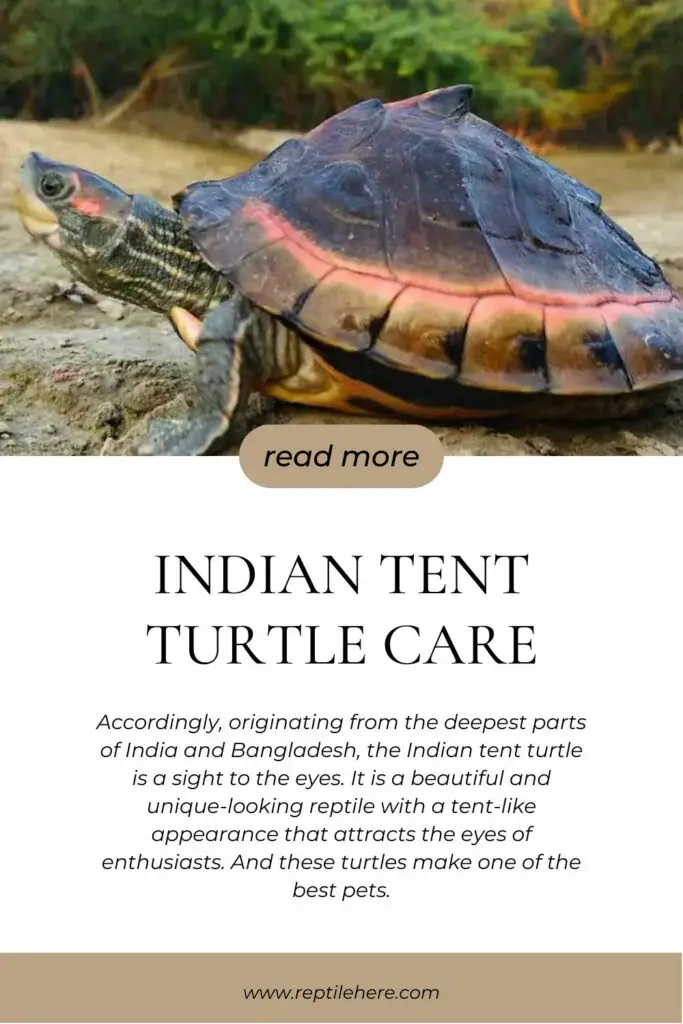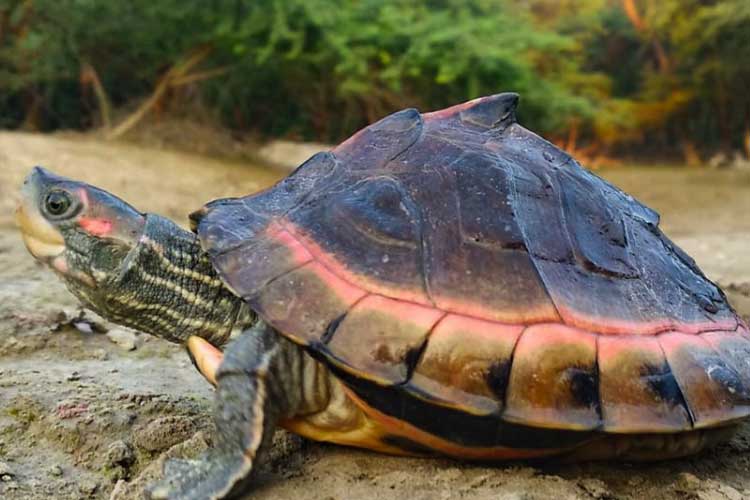Everything You Need To Know About Indian Tent Turtle Care
The world of turtles is a wide dynasty of various types and breeds. These turtles are found in the depths of nature, and some of them are perfect as pets. Differed by diet, habitat, etc., these creatures contribute to the beauty and art of the world.
Accordingly, originating from the deepest parts of India and Bangladesh, the Indian tent turtle is a sight to the eyes. It is a beautiful and unique-looking reptile with a tent-like appearance that attracts the eyes of enthusiasts. And these turtles make one of the best pets.
But taking proper care is necessary for their well-being and lifespan. In this guide, we will tell you everything you must know to take care of Indian tent turtles. So, read the blog till the end!
Basic Info About Indian Tent Turtle
Contents
For a quick understanding of this turtle care, take a look at this table. Here, we have provided all the basic information about the Indian tent turtle.
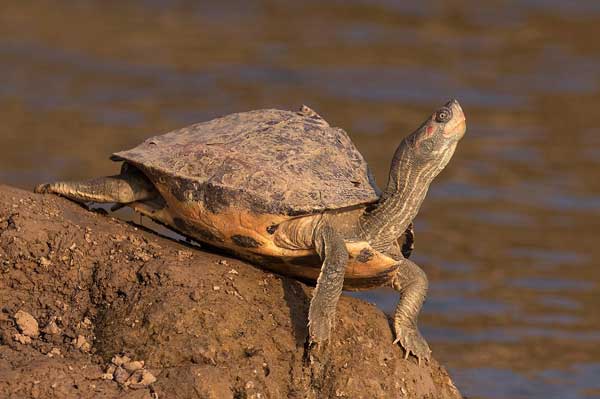
| Scientific Name | Pangshura Tentoria |
| Common Name | Indian Tent Turtle |
| Adult Size | 7 to 10 inches |
| Max Size | 11 inches |
| Lifespan | 10 to 15 years |
| Diet | Worms, cricket, lettuce, leafy greens, fruits, etc. |
| Range | India and Bangladesh |
| Behavior | Aquatic |
| Clutch Size | 3 to 10 eggs |
| Legal to Keep in USA | No |
| Extinction Status | Not extinct |
Are Indian Tent Turtle Easy To Take Care Of?
As mentioned in the chart above, Indian tent turtles are aquatic reptiles. And for this behavior, there are quite a few needs that you must meet to take care of the turtles. While Indian tent turtle care is not very difficult, it is also not extremely easy.
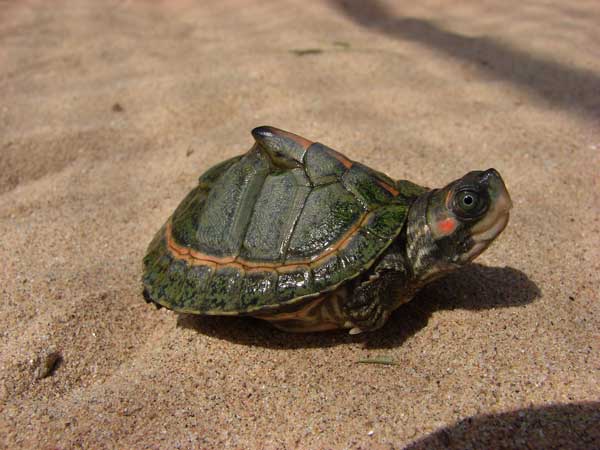
These turtles are omnivores and feed on a wide range of animals and insects found on land or water. They also feed on leafy greens, fruits, vegetables, and so on. To take care of this reptile, you will have to ensure a proper diet and meet its requirements for a healthy and long life.
How To Take Care Of An Indian Tent Turtle?
The Indian tent turtles originate from the deep corners of India and Bangladesh. And taking care of these turtles is quite easy, but you must consider a few factors. Let us take a look at how to take care of this reptile without much hassle.
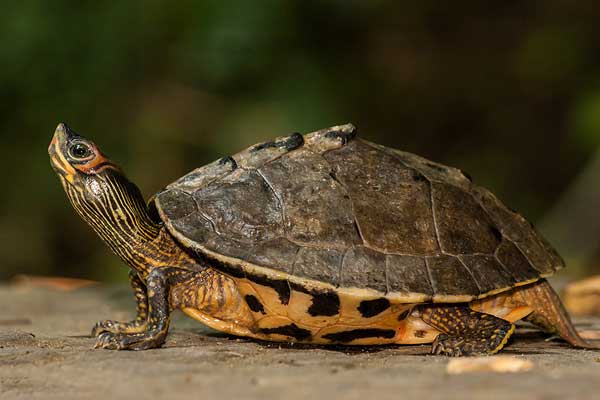
Housing
There is many options for housing a tent turtle. You can purchase a pre-made enclosure or create your habitat. If you decide to build an enclosure, it should be large enough to allow the turtle to move and explore the area. And the housing must provide plenty of space for a basking area and a hiding spot.
Make sure that the enclosure is also secure, as tent turtles are strong climbers. It will also help to keep predators such as cats, dogs, and other animals away from reaching the reptiles.
It is also important to provide a heat source and special lighting, as well as a water area for the turtle to soak in. Finally, the enclosure should be kept clean and provide plenty of nutritious food.
Diet
One of the major factors that you must take care of when keeping this reptile is to ensure a proper diet. These turtles are omnivorous and require a wide range of items to maintain a balanced diet. And it is essential to ensure proper food regulation to keep your turtle healthy and happy.
As mentioned, turtles are omnivorous, and this means that they require both plants and animals in their food chart. Animals such as worms, earthworms, quail eggs, and many more must be included in the diet regularly.
On top of that, adding vegetables or fruits is also important. Add fruits to your turtles’ diet may contain oranges, bananas, lettuce, leafy greens, and so on. Lastly, add calcium powder and other dietary supplements to their food.
Temperature And Light
We know that Indian tent turtles are aquatic turtles found in the ponds of India, Bangladesh, and Pakistan. These reptiles require a warm and humid environment to survive properly. The optimal light and temperature conditions for Indian tent turtles should be between 75-85°F (24-29°C) during the day.
And the temperature must be between 70-75°F (21-24°C) during the night. The turtles also require full spectrum lighting. That includes UVB lighting, to help them produce Vitamin D3 and to help them absorb calcium. The lighting should be on for 12-14 hours a day.
Can You Keep Indian Tent Turtle As A Pet?
Although taking care of an Indian tent turtle is easy, it is illegal to keep it as a pet in most countries. These turtles are protected species, and their populations are declining due to over-harvesting and habitat destruction.
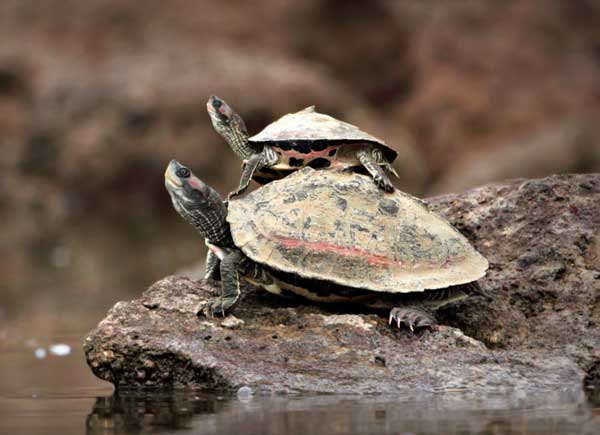
Indian Tent Turtle Protection
The Indian Tent Turtle (Pangshura tecta) is a species of turtle found in a few parts of India and Bangladesh. This reptile is listed as endangered, and several turtle breeding programs have been established in India, Bangladesh, and Sri Lanka to help conserve the species.
These programs primarily involve captive breeding of the species, as well as reintroduction efforts through captive-bred turtles. Other efforts include the collection of eggs from wild populations, which are then incubated and hatched in captivity. After hatching, the hatchlings are released into the wild.
How To Take Care Of Breeding Indian Tent Turtle?
Captive breeding of turtles is a great way of preventing them from going extinct. However, taking proper care of the breeding of reptiles is a must to ensure healthy breeding and hatchlings. Let us take a look at how to take care of turtles in captive breeding.
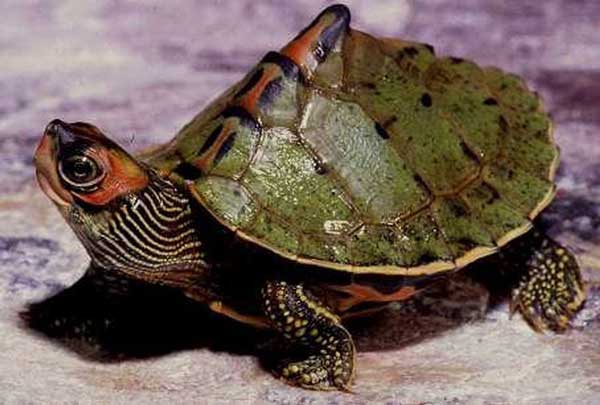
Provide a warm, dry environment
Indian tent turtles require a temperature between 21 and 30 degrees Celsius. Make sure to provide special lamps and lighting to ensure heating. Provide a basking area with a temperature of up to 32 degrees Celsius.
Provide a proper diet
Indian tent turtles feed on a wide range of plants and animals. Ensure that you feed the turtles a high-quality commercial turtle diet and supplements, along with fresh vegetables and fruits. Do not forget to add worms, insects, quail eggs, etc., to the diet.
Provide a place to hide
Provide a hiding spot in the tank so your turtles can feel secure. This can be a piece of driftwood, a rock, or even a special hideout made specifically for turtles. Make sure that cats, dogs, etc., cannot reach the enclosure.
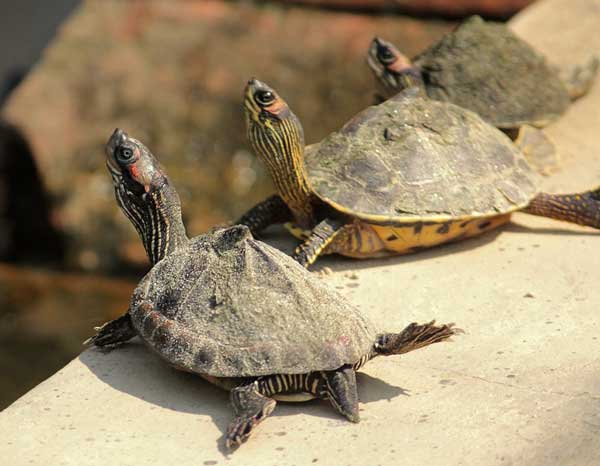
Provide clean water
Ensuring clean water is a must to keep the reptiles healthy. The water in the tank should be changed regularly, at least once a week. Make sure to use a water filter to keep the water clean and free of harmful chemicals.
Monitor the health
Keep a close eye on the captive reptile. Check your turtles for any signs of illness or injury and take them to the vet if necessary.
FAQs
Do you have questions about the topic? Read the most frequently asked questions here!
If you look closely, you will notice that there are scales on the shell of the turtle. These scales are known as scutes. And as the turtle grows, rings begin to appear on the scutes. The number of rings on the back will tell you the age.
In the majority of cases, turtles will stop feeding in case the temperature is too cold. Check the temperature and make sure that it is in the correct setting. If the problem persists, take the reptile to the vet.
Final Words
There is no doubt that Indian tent turtles are one of the most beautiful reptiles found in nature. Although these turtles cannot be kept as pets in many parts of the world, you can still take care of them.
Now that you know how to take care of these turtles, we believe that you can successfully meet their needs. Make sure to give them a healthy and happy life to prevent extinction.
